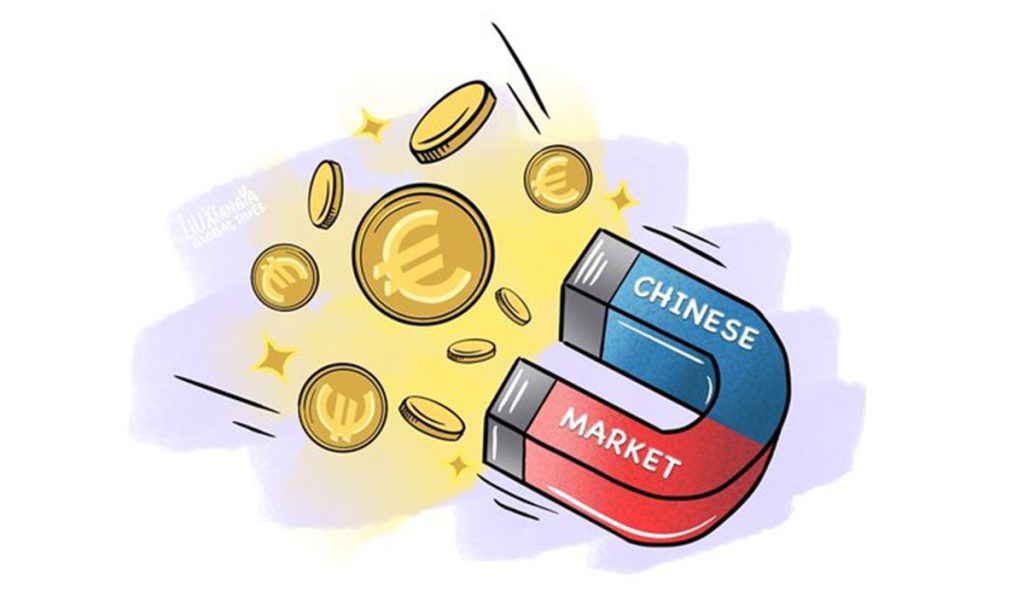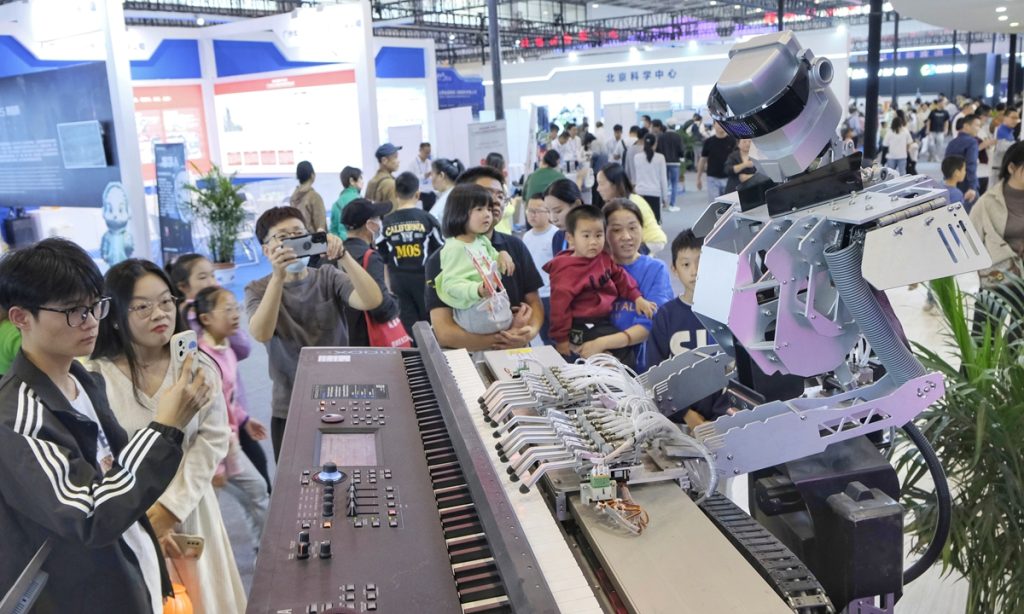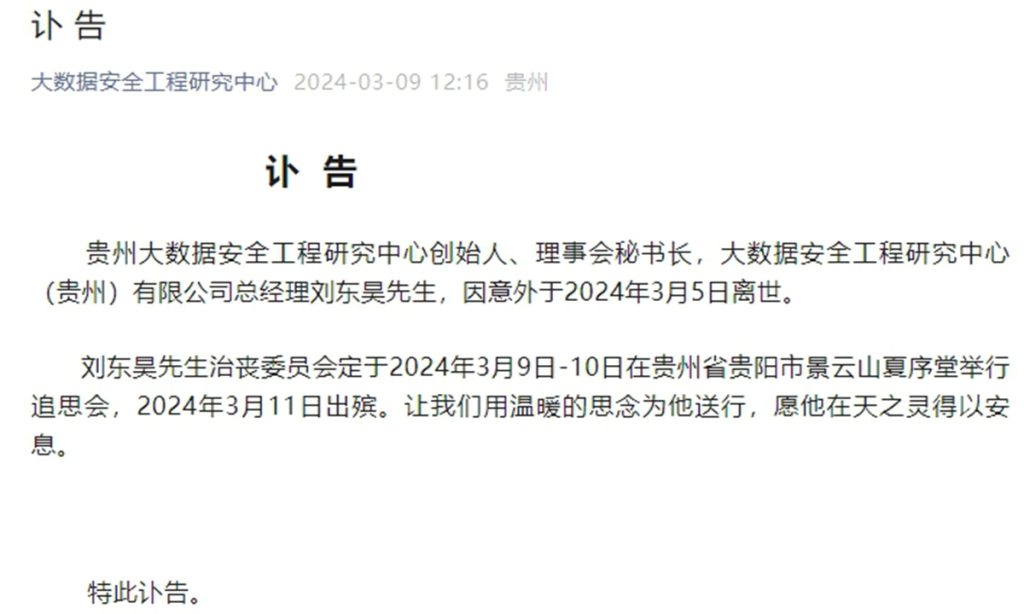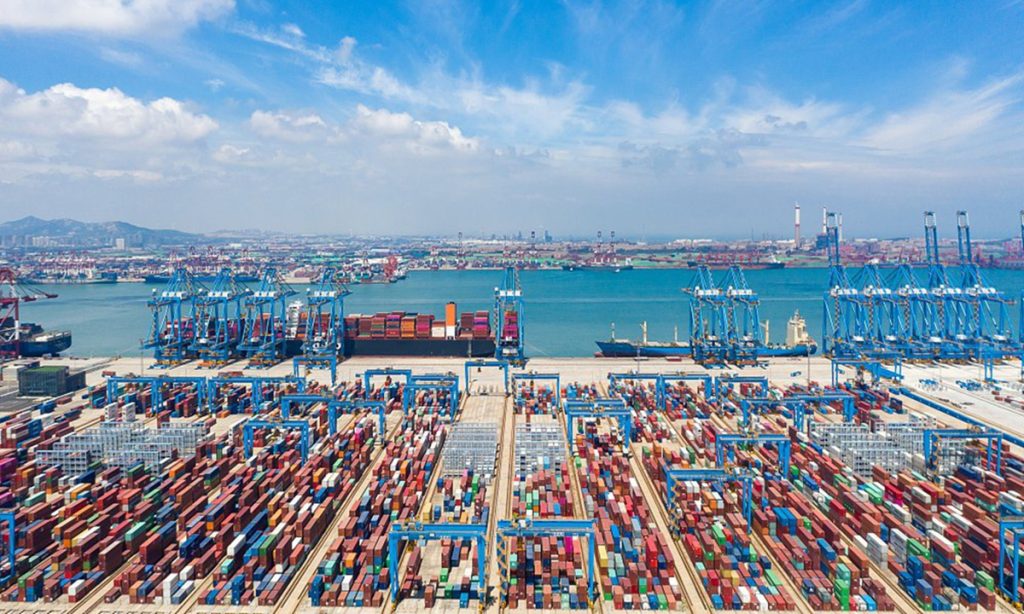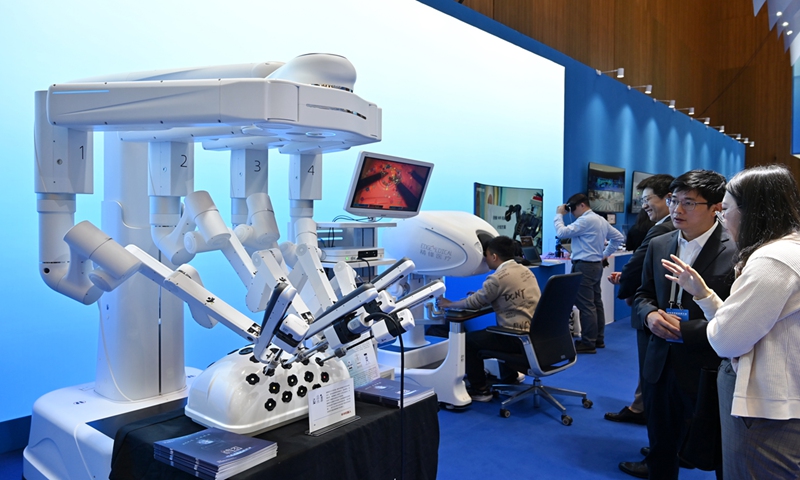Brain-computer interfaces technology renews hope for diseases treatment, has a long way to go before mass application

In the Chinese science-fiction novel "The Three-Body Problem," Wallfacer Bill Hines and his wife develop the Mental Seal as part of his Wallfacer Project plan. The Mental Seal can directly imprint thoughts and beliefs on people's brains based on the theory of "brain quantum layer activity."
The fictional plot is increasingly becoming a real-life possibility as the research and application of brain-computer interfaces (BCI) technology improves rapidly around the world, which not only leads to renewed hope for the treatment of many diseases, but also offers the first possibility of increased longevity of a healthy person's consciousness, and even immorality.
The rapid development of BCI technology and concerns over how it might change relationships and interactions between humans and machines has also prompted increased vigilance and caution among global authorities regarding opening the free market door to the technology as there has not yet been an approved invasive BCI product on the market globally.
Aside from practical concerns over the various complex fields involved, potential damage to the human brain, the risk of personal information leakage, as well as ethical controversies, questions haunting the development of BCIs also expand further to metaphysical considerations like: What do BCIs mean for humanity? Would BCIs take control of human beings' brains? Would immortality become possible with BCIs and would we be still human if our bodies are merged with computers?
Rapid advancement
The BCI system refers to the creation of a new information exchange pathway between the brain and external devices. On one hand, it converts brain signals into machine-readable signals to achieve effective mechanical control. On the other hand, it converts external device signals into brain-readable signals to directly interface with the brain. From a technical perspective, the implementation of a BCI device can be invasive or non-invasive.
Wuhan-based Nuracom, in an interview with the Global Times, stated that the company's micro-needle has high reliability and stability in both mechanical and electrical characteristics, making it suitable for neural signal recording and neuron stimulation.
On August 25, Nuracom's ultra-high-density implantable BCI system was recognized by a panel of 11 top experts in China in science and technology, including Chinese Academy of Sciences academician Zhao Jizong and Member of the Chinese Academy of Engineering Li Peigen. The expert group believes that the system is innovative, technologically advanced, has broad application prospects, is comparatively advanced in the on an international scale, and will promote the technological progress of China's brain-computer interfaces industry.
Nearly a month later, Neuralink, a BCI technology company founded by Elon Musk, announced that it had obtained approval from the reviewing independent institutional review board and their first hospital site was ready to begin recruitment for the first-in-human clinical trial for the company's fully-implantable, wireless BCI device.
Nuracom also said the company is conducting extensive preclinical research, including verification of product performance, safety and reliability tests, as well as extensive animal trials.
"We are collaborating with medical institutions to conduct in-depth research on relevant diseases, improve our products through these studies, and ultimately develop a comprehensive diagnosis and treatment plan to benefit patients. We have also conducted extensive preclinical research and actively laid out clinical trials and registration of medical devices, which will lead to the introduction of clinical diagnostic and treatment products to the market," the company said in a statement to the Global Times.
Neuralink's product implants electrodes one by one through a robotic insertion method and assembles them by soldering to an external device. The product also needs to transmit neural signals out to an external circuit board for A/D conversion before sending out digital signals.
By contrast, Nuracom's innovative on-site neural signal processing technology optimizes signal quality, improves signal decoding accuracy, and has stimulation precision. It can achieve a one-time implantation of 65,536-channel microneedles, solving the problems of the current single electrode implantation method, which is time-consuming and inefficient.
Nuracom said its BCI system not only has precise brainwave signal acquisition capabilities, but also enables reverse stimulation, providing researchers with more complex paradigms.
As leading companies enter the clinical stage, the BCI market is entering a critical period for market adoption. According to a report released by dongfangqb.com, a Chinese industry expert consulting service platform, the global BCI market was valued at $1.74 billion in 2022 and is expected to reach $3.3 billion by 2027.
The Chinese market for BCI devices is expected to have a significant amplification effect when combined with specific use cases. It is estimated that by 2040, the market size of BCI devices in China will reach 56 billion yuan ($7.66 billion), with a compound annual growth rate of 21 percent.
Among them, the research-grade device market is estimated to be 1.5 billion yuan, and the consumer-grade device market is estimated to be 54.5 billion yuan. The report predicts that the market for BCI devices in China could be valued at hundreds of billions in the future.
Broad potentials
The development of BCI technology has a history of nearly a century since the invention of the electroencephalogram (EEG) in 1924. Before Neuralink's technology debuted in the arena of public discourse in August 2020, multiple international teams had already conducted research on the application of BCIs, most of it in clinical medicine.
In 1978, American biomedical scientist William Dobelle implanted an array of 68 electrodes into the visual cortex of a blind patient, allowing the patient to perceive grayscale modulated dot matrix images within a limited field of view by connecting a camera.
In the 21st century, with the overall scientific and technological advancement, BCI technology has seen rapid growth. In 1998, American scientists implanted a BCI device into the brain of a patient who suffered a brainstem stroke, enabling the patient to control a computer cursor. In 2014, Juliano Pinto, a 28-year-old quadriplegic man, controlled an exoskeleton through a brain-computer interface and kicked the first ball of the World Cup opening ceremony in Brazil, marking a milestone in the development of brain-computer interface technology.
On August 23 this year, a new study was published in Nature demonstrating that BCIs can help restore speech for people who have lost the ability due to paralysis. The clinical trial participant - who can no longer use the muscles of her lips, tongue, larynx, and jaws to enunciate units of sound clearly - was able to generate 62 words per minute on a computer screen simply by attempting to speak. This is more than three times as fast as the previous record for assisted communication using implanted BCI devices and an approach toward the roughly 160-word-per-minute rate of natural conversation among English speakers.
BCIs technology is also used in research for the treatment of various psychological and neurological disorders. In 1997, the US Food and Drug Administration approved the first deep brain stimulation (DBS) device for the treatment of essential tremor. In 2002, the device was approved for the treatment of Parkinson's disease, the treatment of dystonia in 2003, and the treatment of epilepsy in 2018.
A switch between heaven and hell
The DBS technology is also the research foundation for the clinical research project on the use of BCI technology for treatment-resistant depression at the Ruijin Hospital, affiliated with the Shanghai Jiao Tong University School of Medicine.
The principle of DBS involves implanting electrodes into specific neural circuits in the brain to regulate corresponding neural clusters through electrical stimulation for therapeutic purposes. However, in previous experiments in the use of DBS for the treatment of depression, once the surgery was completed and the electrodes were implanted in the patient's brain, the parameters of electrical stimulation could only be adjusted externally, and the signals of brain activity could not be transmitted outwards.
In other words, the communication between the brain and the machine was one-way, explained Sun Bomin, director of the Functional Neurosurgery Center at Ruijin Hospital and initiator of the clinical study of the use of BCI treatment for treatment-resistant depression, to the Global Times.
Research conducted at the Ruijin Hospital integrates BCI devices into DBS technology, which not only allows for external parameter adjustment but also enables continuous collection and export of deep brain activity data from patients, achieving true bidirectional information exchange. These data will help doctors to study the pathogenesis of depression and improve the effectiveness of precise stimulation for patients, Sun said.
According to Sun, he and his team have made unprecedented discoveries in this clinical trial: The energy of a slow-wave frequency band in the gamma wave range in the brain is positively correlated with the symptoms of depressed patients, known as "biomarkers." This means that the patient's "good state" and "bad state" can be quantified into different waveforms. In future research, based on the performance of these "biomarkers," researchers can provide corresponding stimulation to patients to maintain a "good state", thereby achieving the desired therapeutic effect.
Data shows that using BCI technology to regulate the brain can lead to an average improvement of over 60 percent in postoperative depression symptoms, according to a report the hospital released in April.
For Wu Xiaotian, one of the volunteers in Sun's team's project, the device researchers put in his right chest is like a switch that can transport him from a "hell of depression" to a "heaven of happiness."
The device is connected to two electrodes, extending from the device to behind the ears, and then from the back of the brain to the front of the brain, passing through the nerve nuclei at the front of the brain. When the device sends electric currents and stimulates the nerves, the symptoms of depression are eased or made to disappear.
Every morning when I turn on the device, I feel like I am freed from the prison of depression, Wu said.
Some people have expressed concern that BCIs might become something akin to "spiritual opium" for these patients as they rely on the device for emotional regulation and quotidian function.
Sun dispelled such worry, explaining that "we implant BCIs in these patients to control their brains in order to cure their diseases. These recipients are patients who need such treatment. We would not implant these devices in healthy people, so there is no reason to worry."
Beyond controversies
Although Sun is seemingly clear on the aim of his research, concerns over how BCI technology might change relationships and interactions between humans and machines has prompted increased vigilance among global authorities.
It may still be too early for human beings to be able to answer questions above as it very likely would take years, even decades, before a mature implantable BCI product is available on the market, and an understanding of and discussions around the issue are also improving accordingly.
But human beings still have to seize the current opportunity to get current decisions right, experts have warned. Only as people deal with these concerns step by step, will we be able to approach a controllable future.
The impact caused by [technology] depends on its application scenarios. Therefore, it is necessary to determine the priority application areas of brain-machine interface technology that can have a beneficial impact on humans and focus on in-depth research and application, said scientists from Nuracom when asked about how to address ethical controversies surrounding brain-machine interface technology.
We believe that within the framework of law and ethics, brain-machine interfaces technology, in its application process, can reduce negative impacts and ultimately benefit humanity and society, the scientists stressed.
Some experts have urged that it is necessary to establish a sound ethical framework and moral guidelines for the behavior of brain-machine interfaces developers and users in practice, ensuring the legality and morality of the technology.
Some countries have been making such moves. In 2021, Chile became the first country to have enumerated specific brain-related rights in its constitution, establishing the rights to personal identity, free will, and mental privacy.
The 2021 yearly global cybersecurity report released by the Chinese public security authority also highlighted legal regulation of some rapidly advancing technologies such as quantum computing and BCIs.
